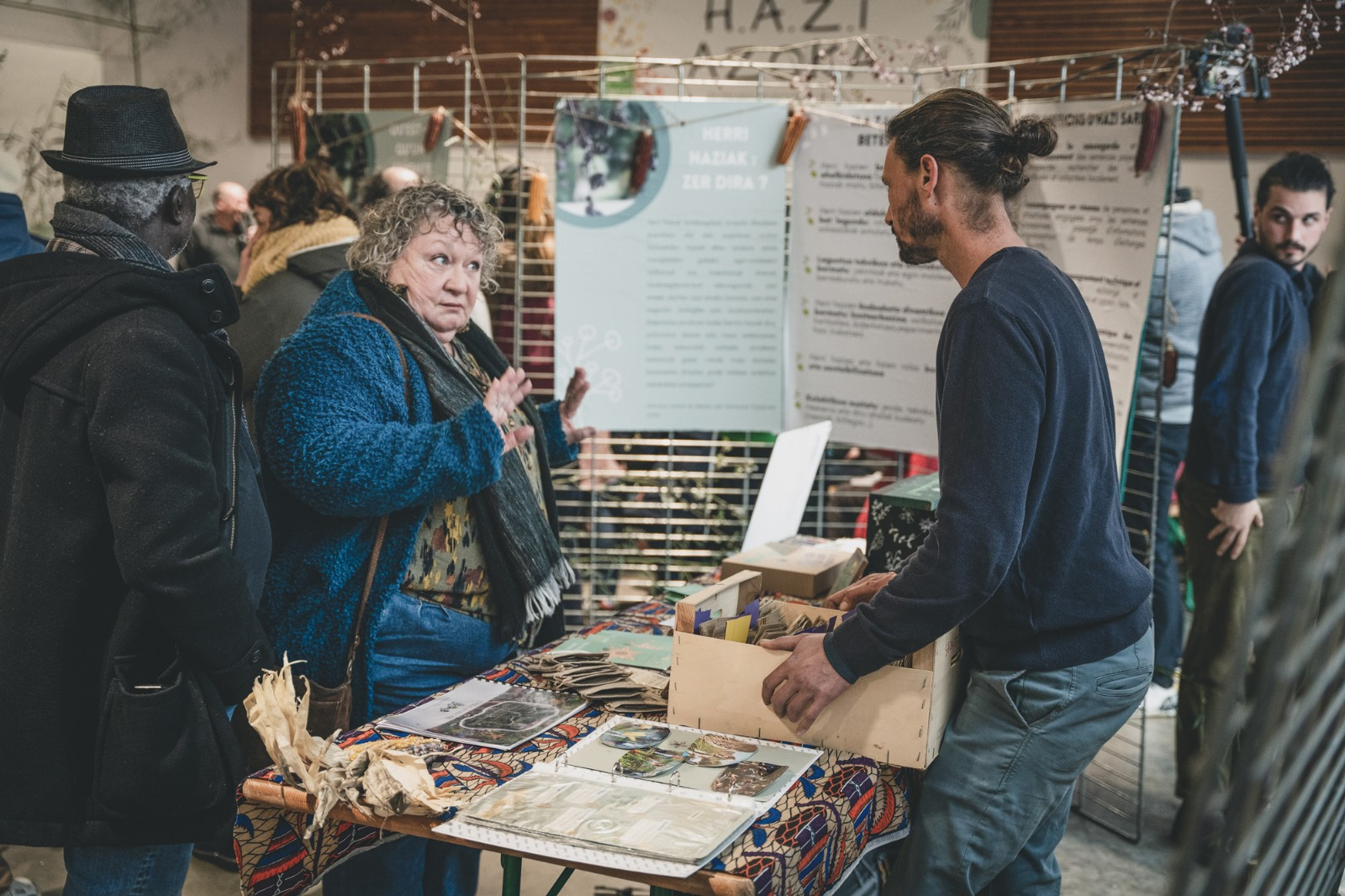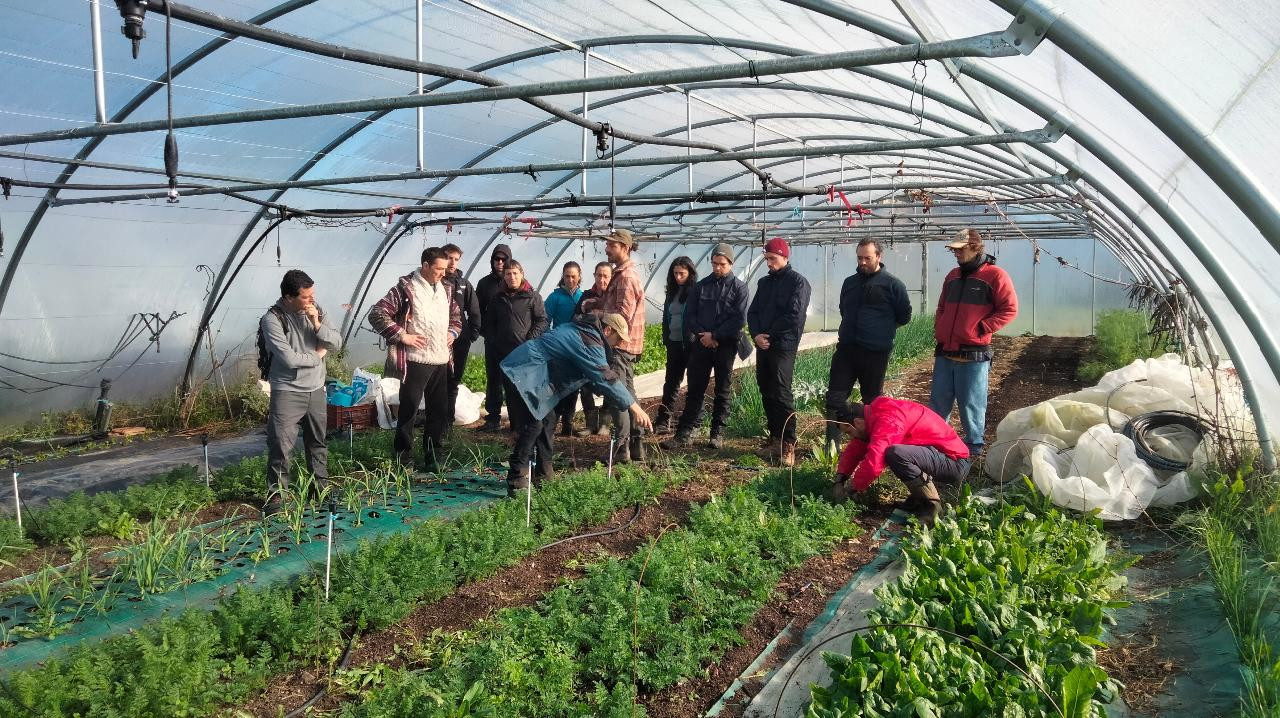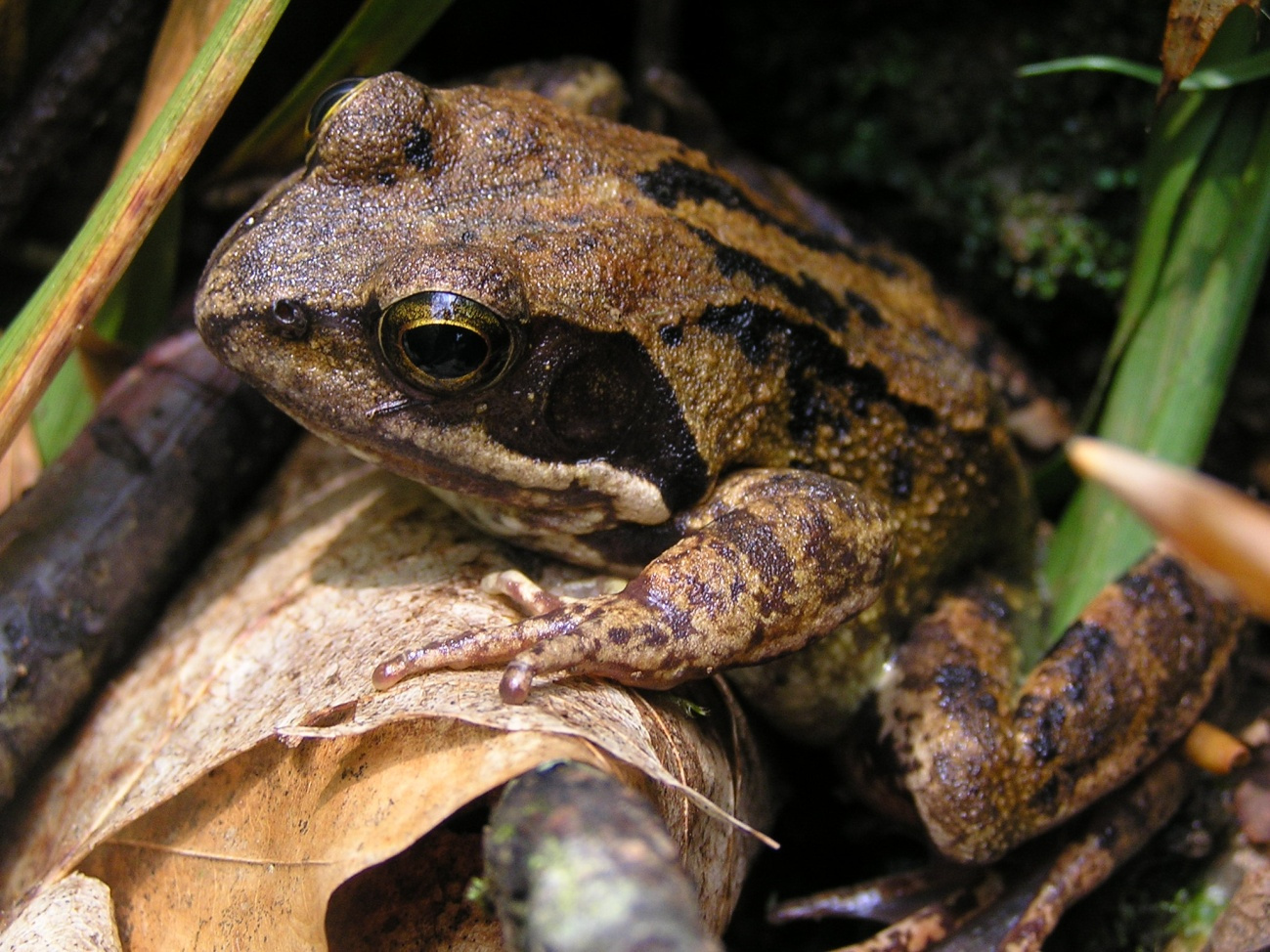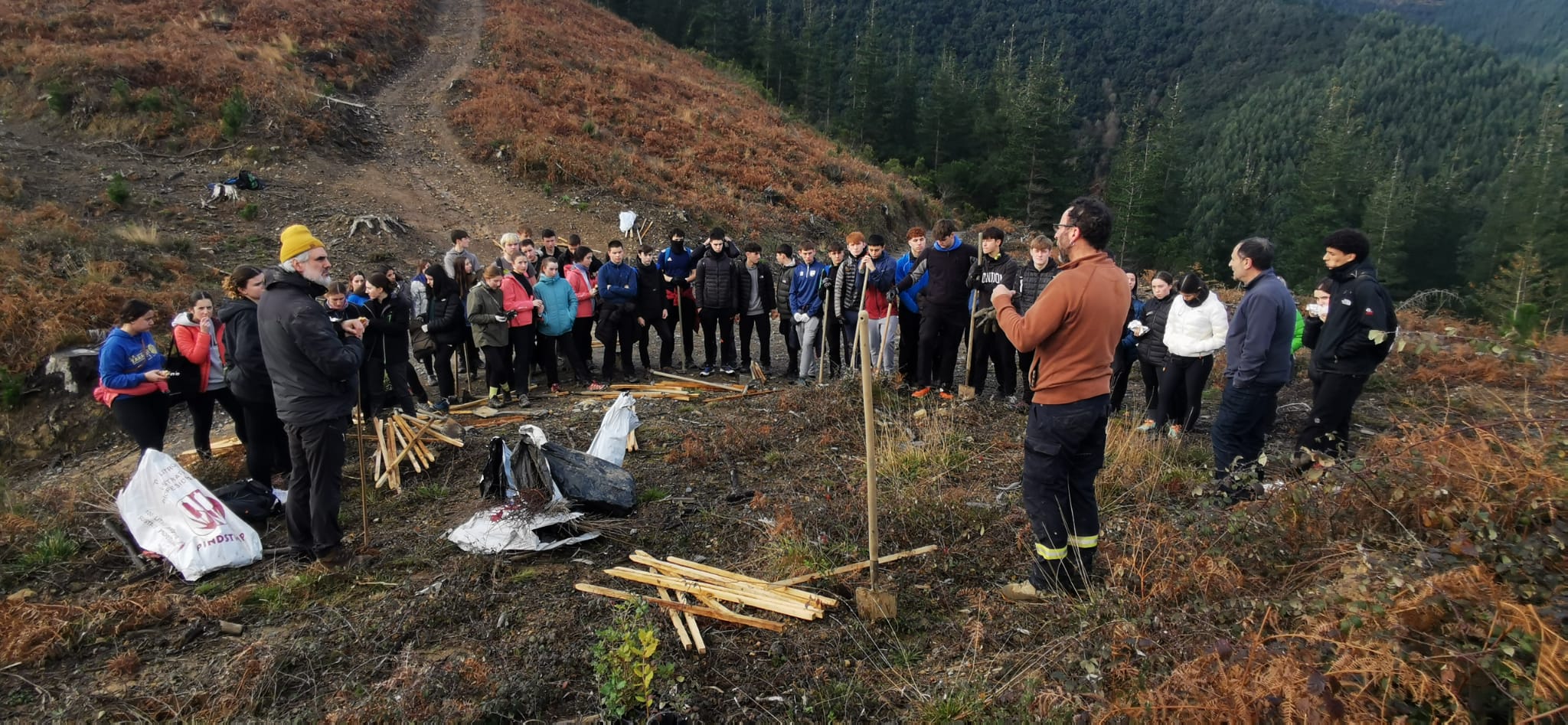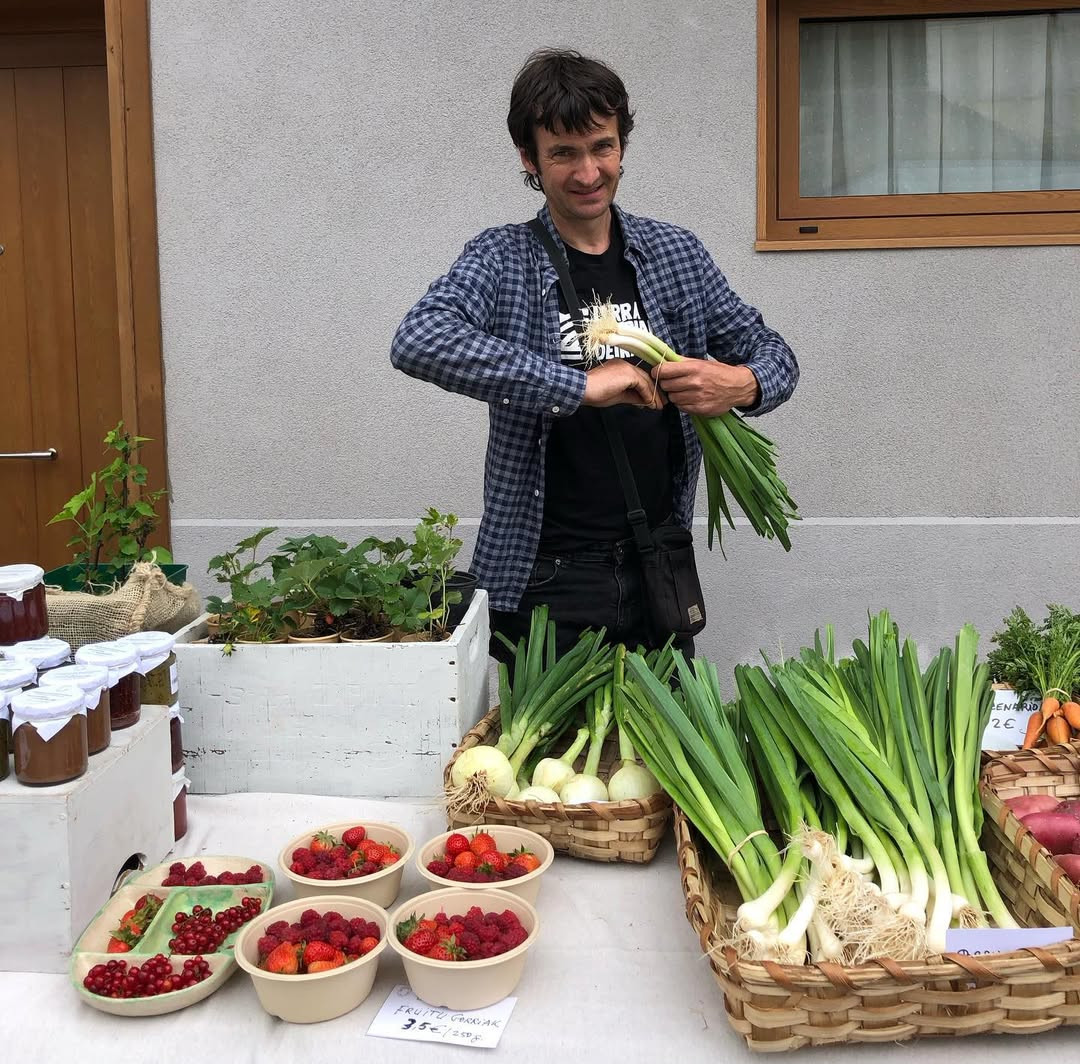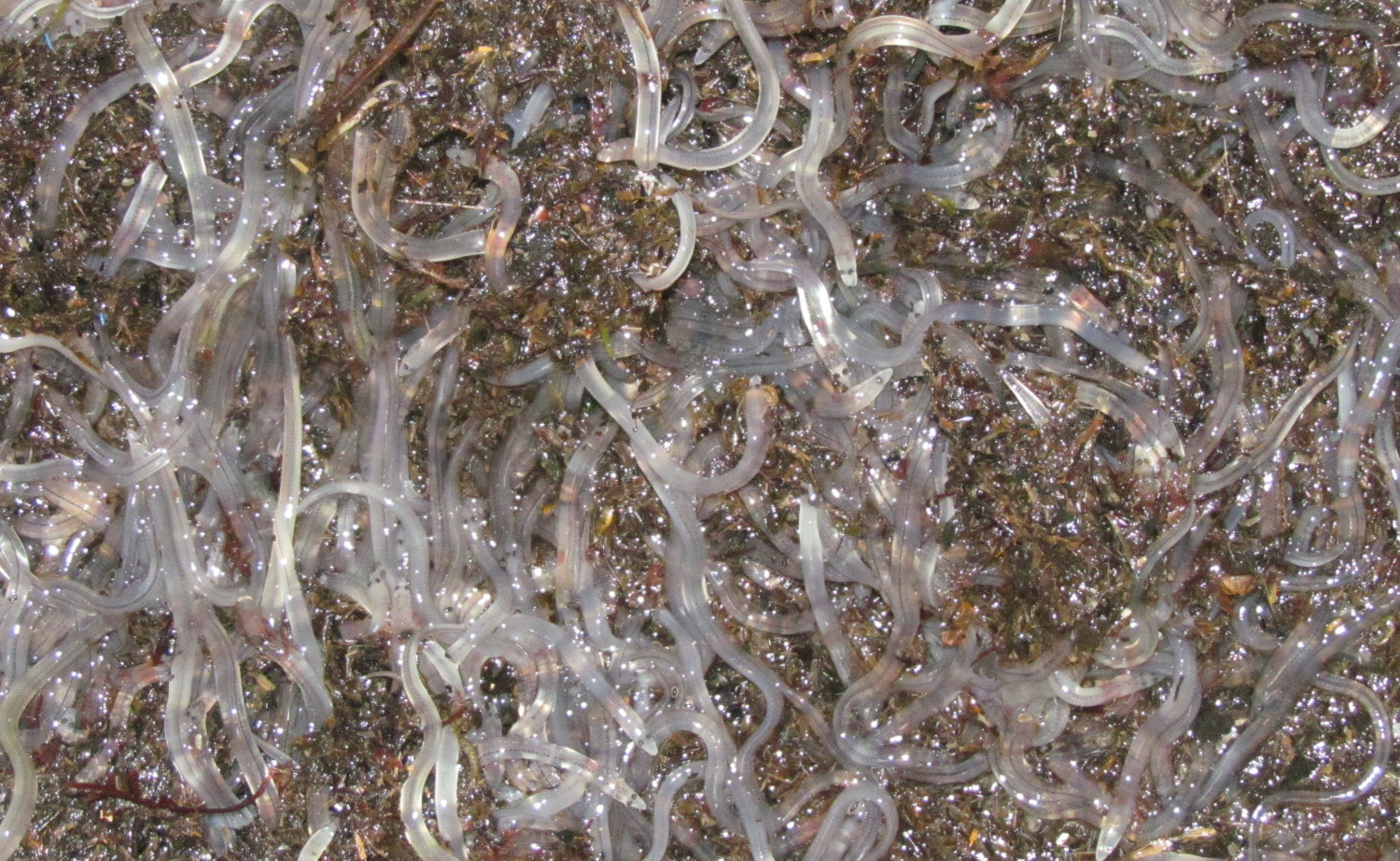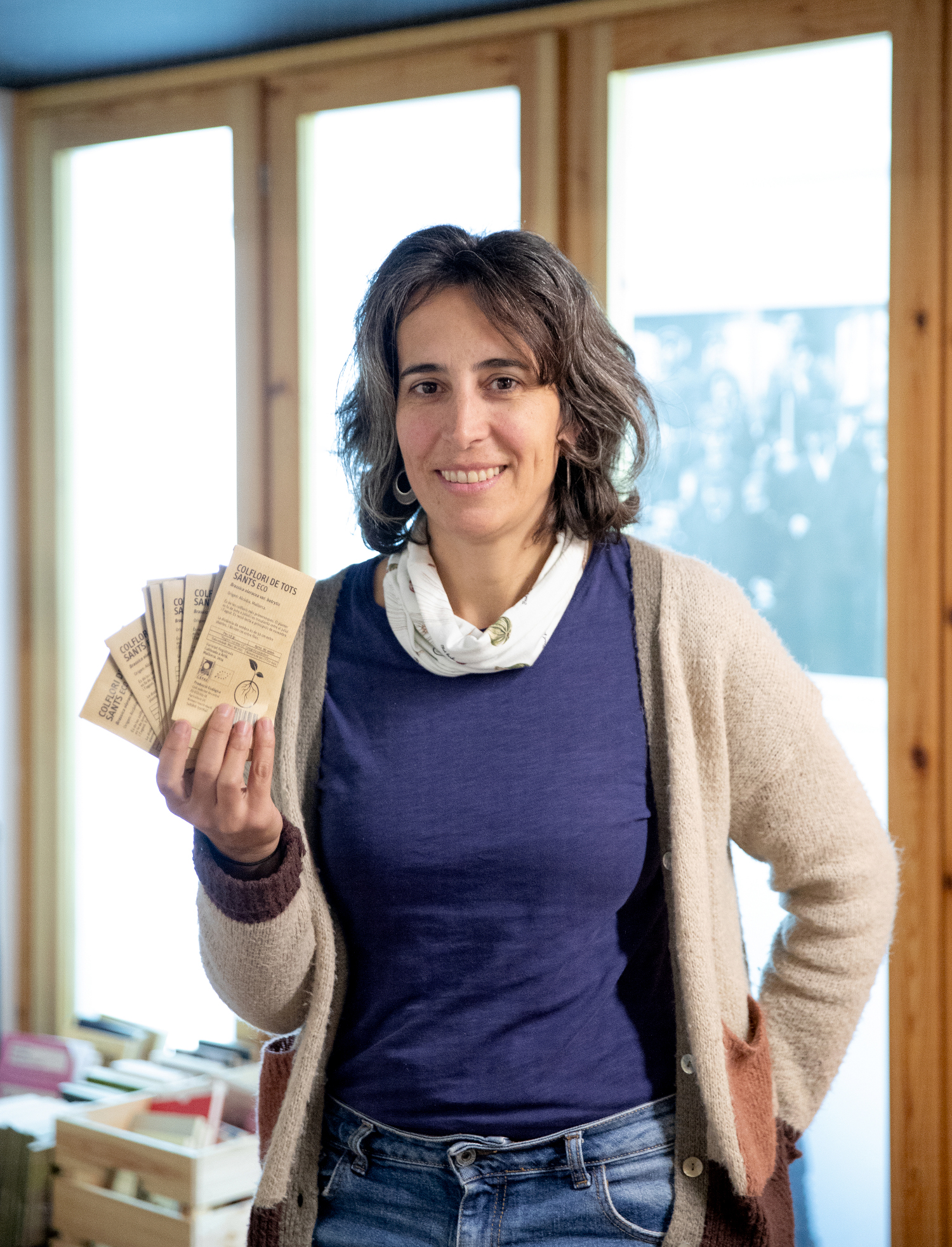There's no bad chamomile
- When I’m going to start today’s article, there are also in my memory those who call the noble Chamaemelum, the garden of the fields, the pellejo, the grass of mothers or margaritas; one of you has written to me for not many days since Instagram saying: “Today at dawn I picked up the hood and how would I dry it?”

It's time for us to be in the middle of summer, this grass. We imagine that the flowers come a bit back this year, as we haven't had many dry and sunny days. At some points on the Atlantic side it is said “The apples have to be collected from the Virgin to the Virgin”, that is, from 15 August (from the Assumption) until 9 September (from Arantzazu), but before August we can say that it is in a position to meet in many places.
Many times we have said that we are not in favour of following the tradition blindly and I would tell you that when you have it by hand, you will do so without leaving it for later. Surely many of you will be on vacation and you will ask me if instead of that mountain block you cannot catch the one from the shop, the one from the spare. You can take them all, but they're different.
The chamomil Matricaria (camamil of Castile or German) purchased in the store or the noble Chamaemelum we could find on the mountain is different and not only in the bitterness. The astakamil I picked up recently in Irurtzun (Santolina chamaecyparissus) is also from another league, I am surprised by its level of bitterness. I would tell you to take these three separately, one variety a month, once a day, in the afternoon or after a meal. Then write me to see what you have after testing it.
And that's what apples have: bitterness, and that's why they have few friends. I'm sure there's more than one reader who is traumatized when he was young because his mother reluctantly drank him and now he can't see an infusion in front of his eyes. However, apples are not to blame, since there are few medicinal plants so effective for the expulsion of winds, for the treatment of nausea, for the production of gallbladder, to calm gastritis and gastric ulcers and to protect the stomach itself.
Thanks to a component called bisabobol, it has the ability to calm body contractions. In addition to pain in the digestive system, it can soothe those of the reproductive system, so we recommend especially with menstruation. It has recently been proven that it is one of the most effective medicinal plants for the removal of excess estrogen stored in the body, so it would be advisable to take them continuously for three months. It also serves for the pains that increase the nervousness and the lack of hunger it causes.
It is rich in mineral salts and also has flabonoids, cubes, polysaccharides and mucilages. It contains two essential oils called azulene and camazulene, especially effective as anti-inflammatory. These components provide antiseptic, antibiotic, antifungal, analgesic and sedative capacity.
It cannot be used during pregnancy and lactation because it causes contractions of the uterus. If you are allergic to the medicinal herbs of the family Asterazea cannot be used.










